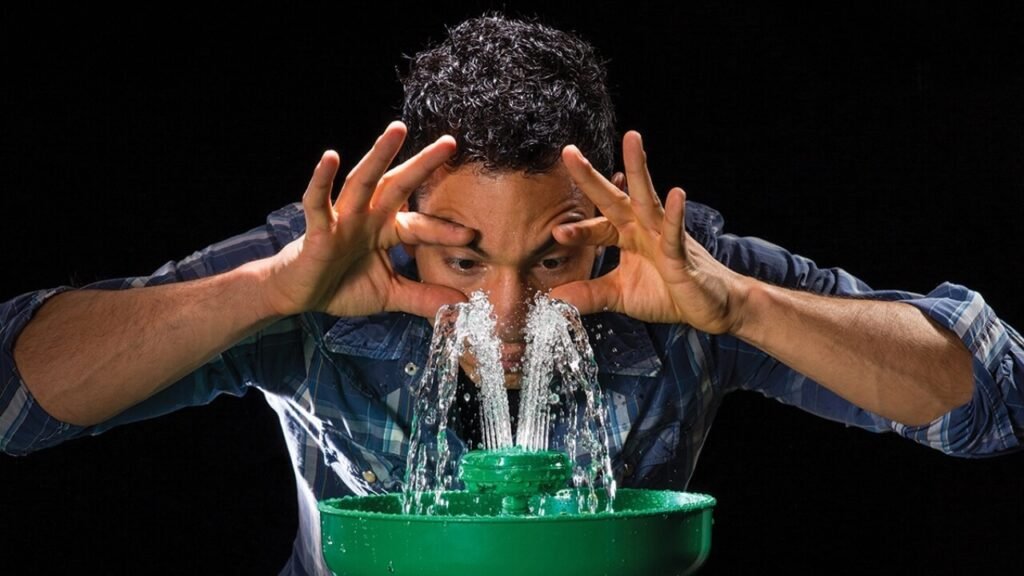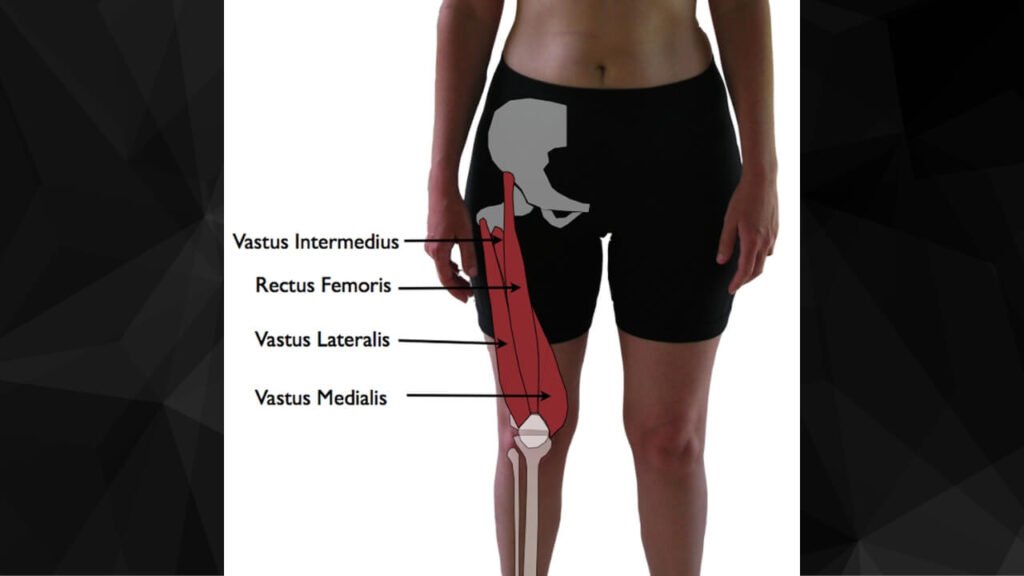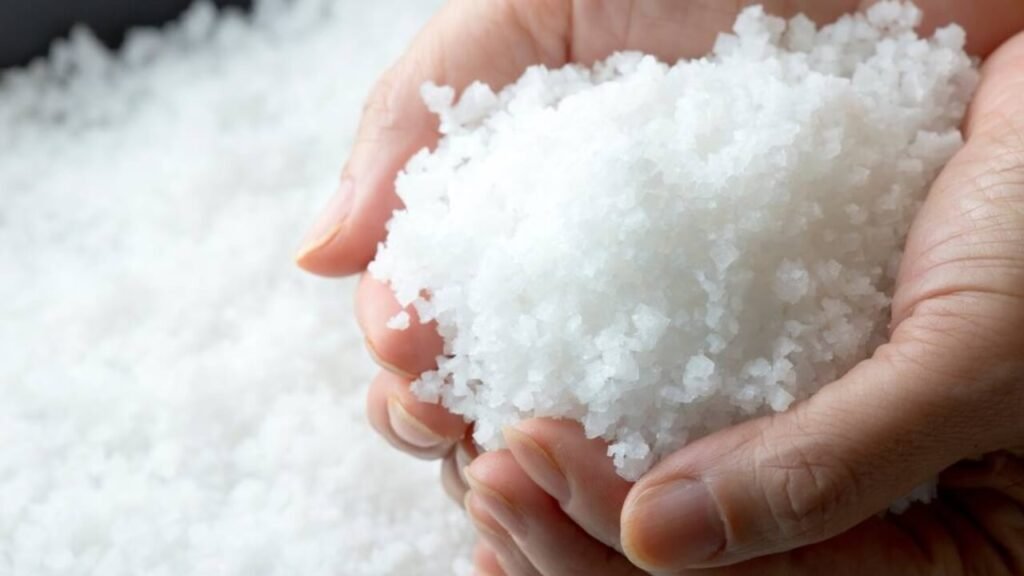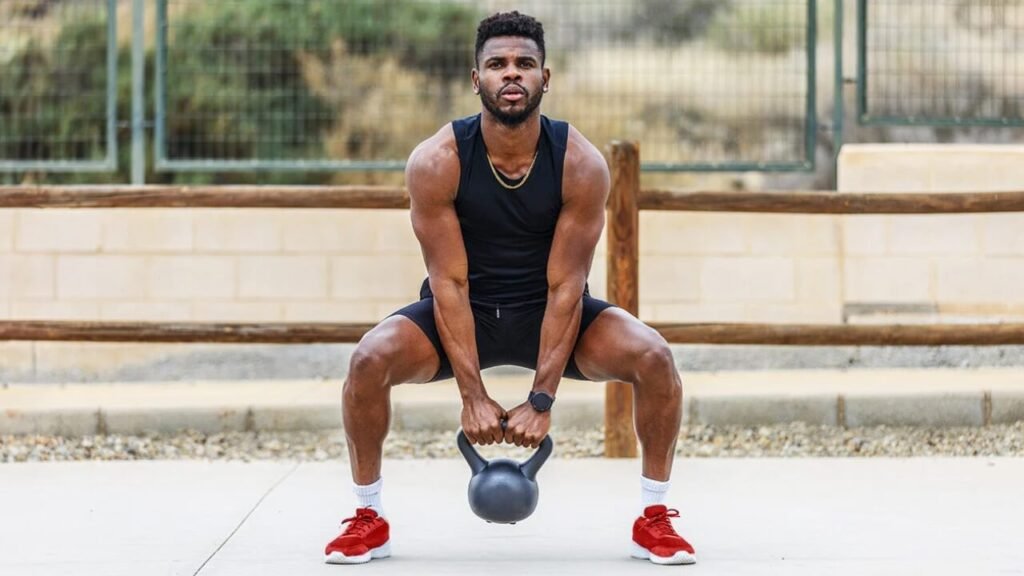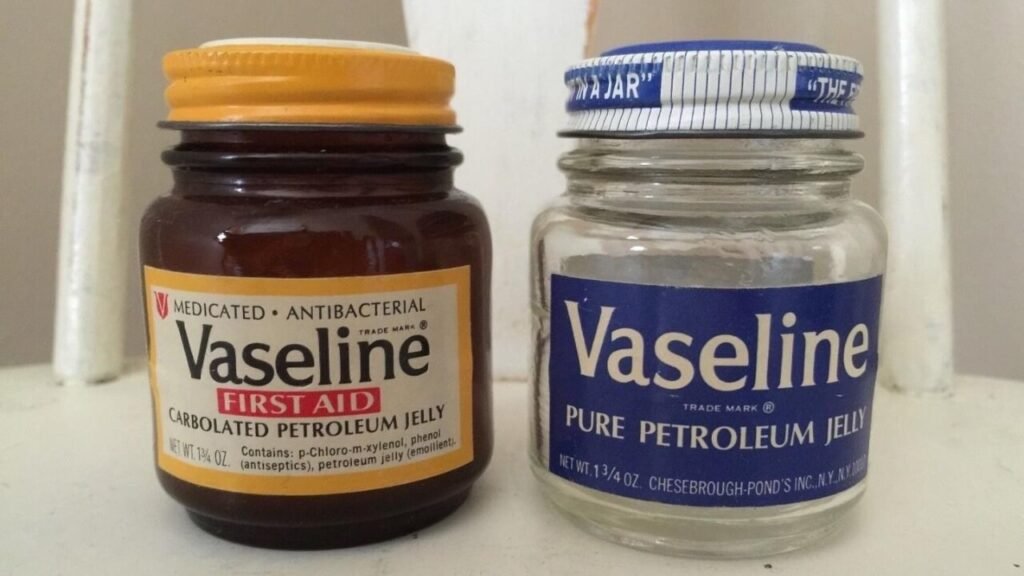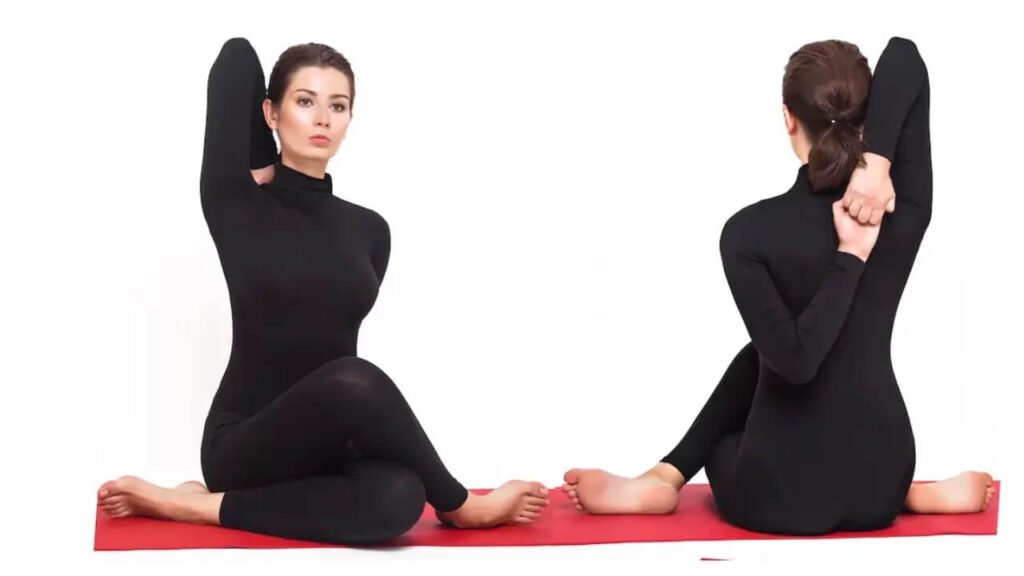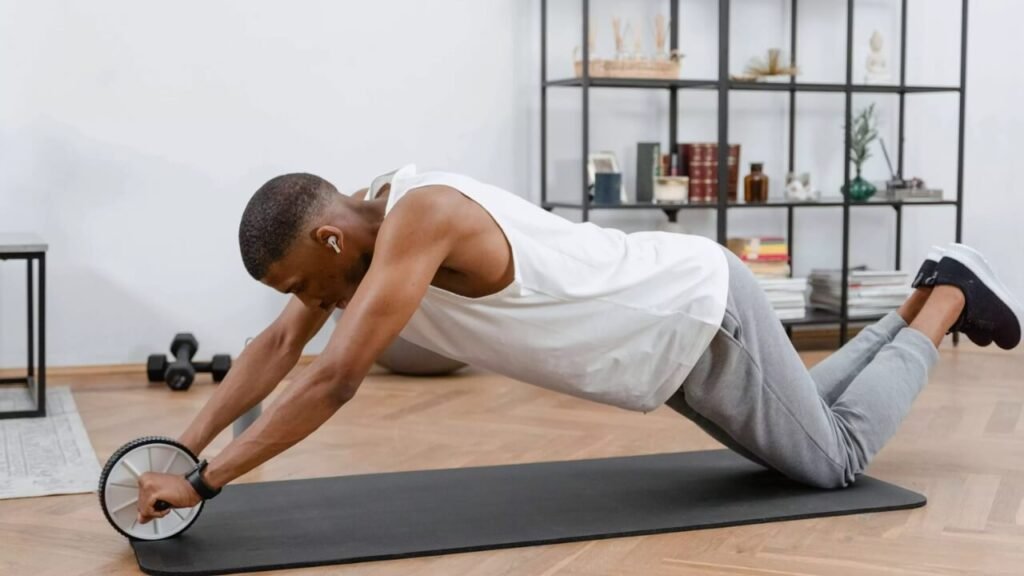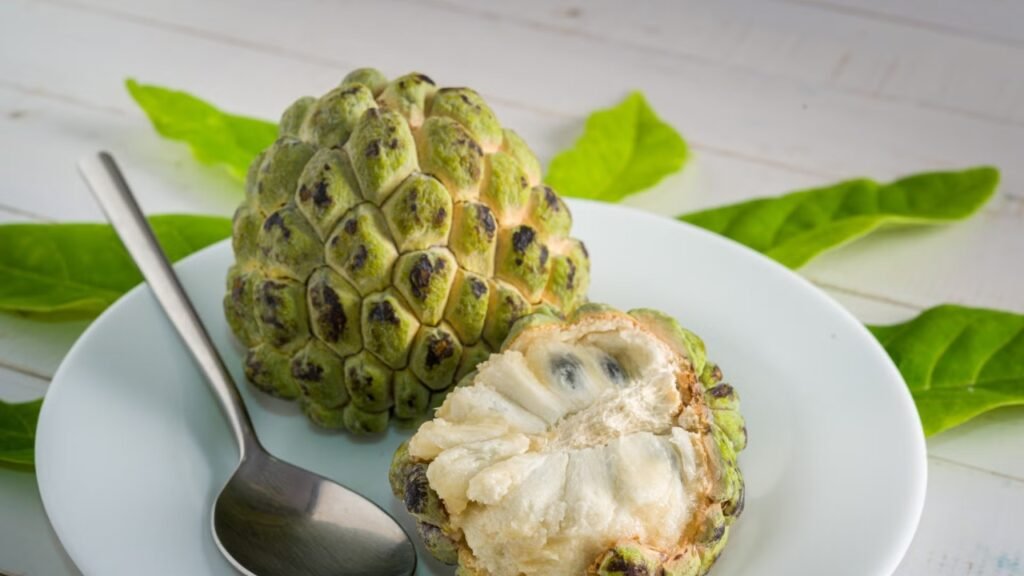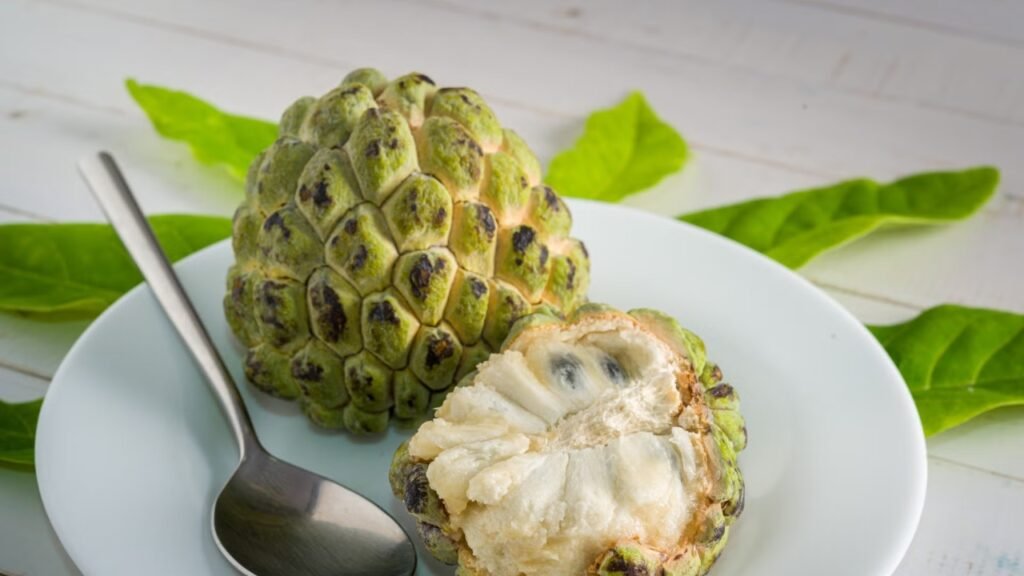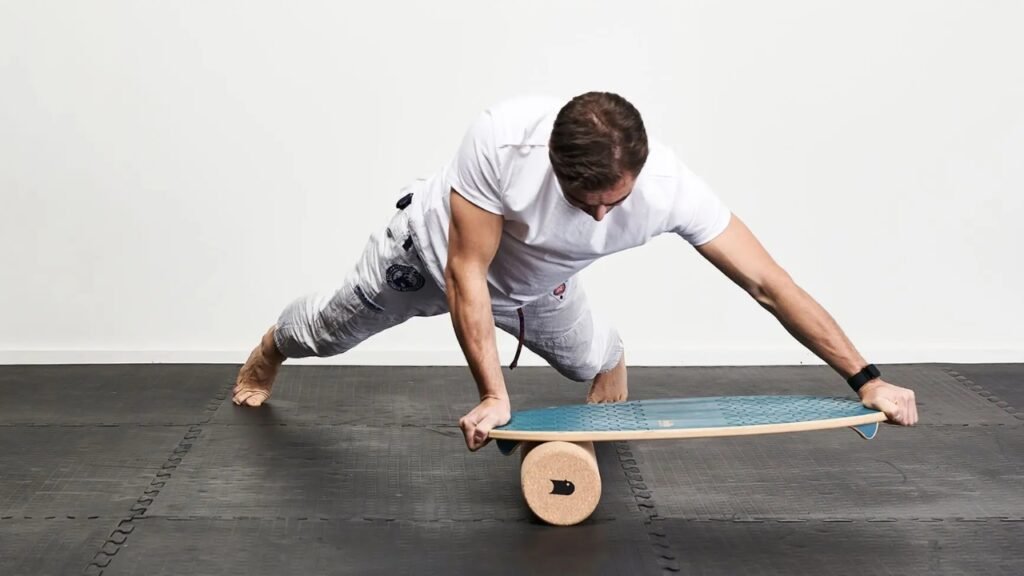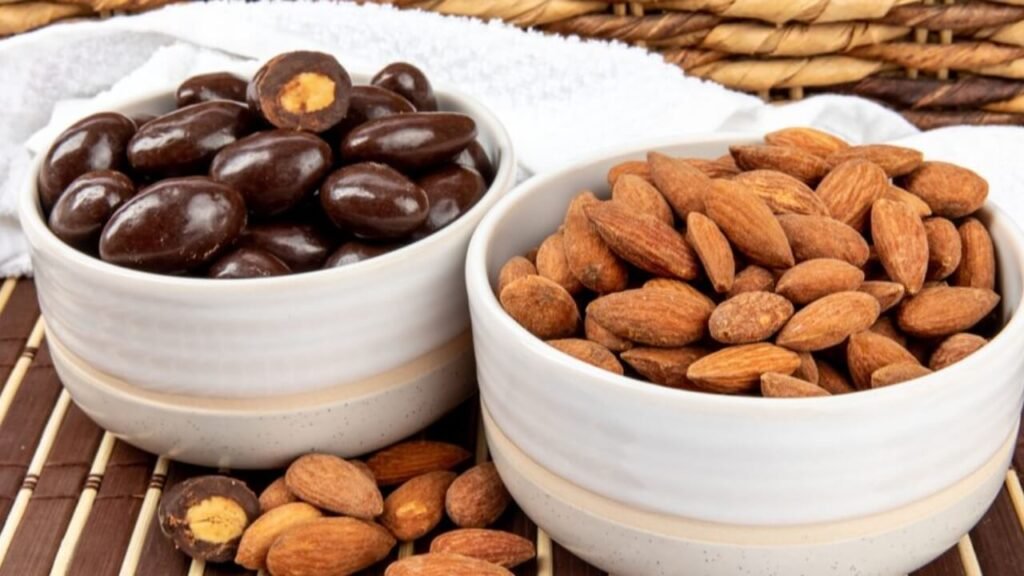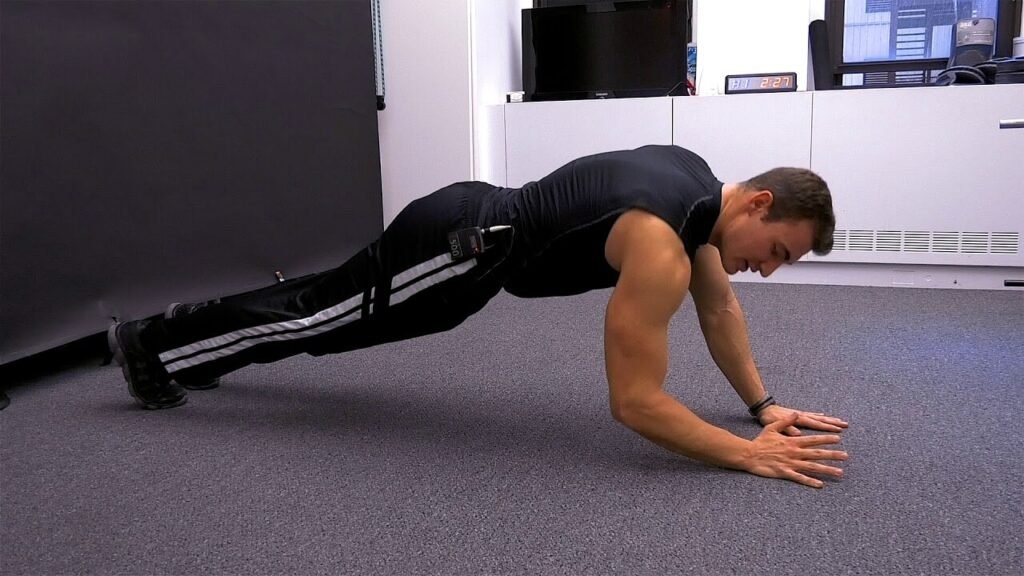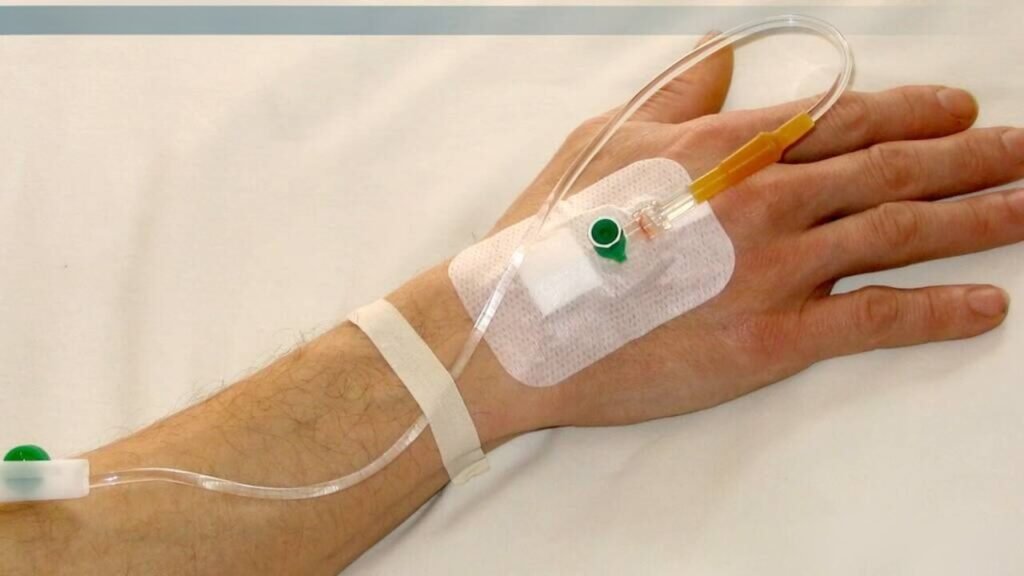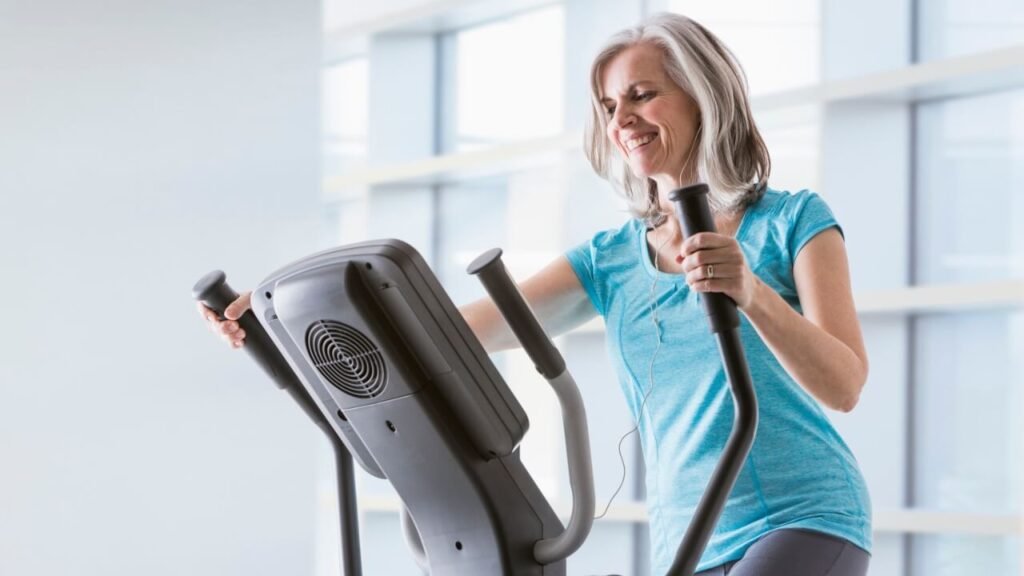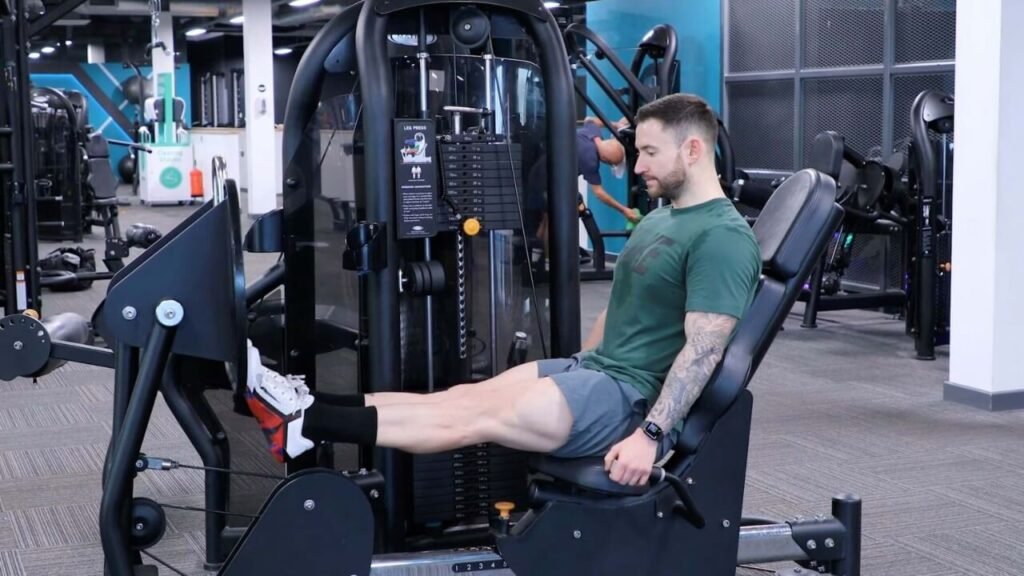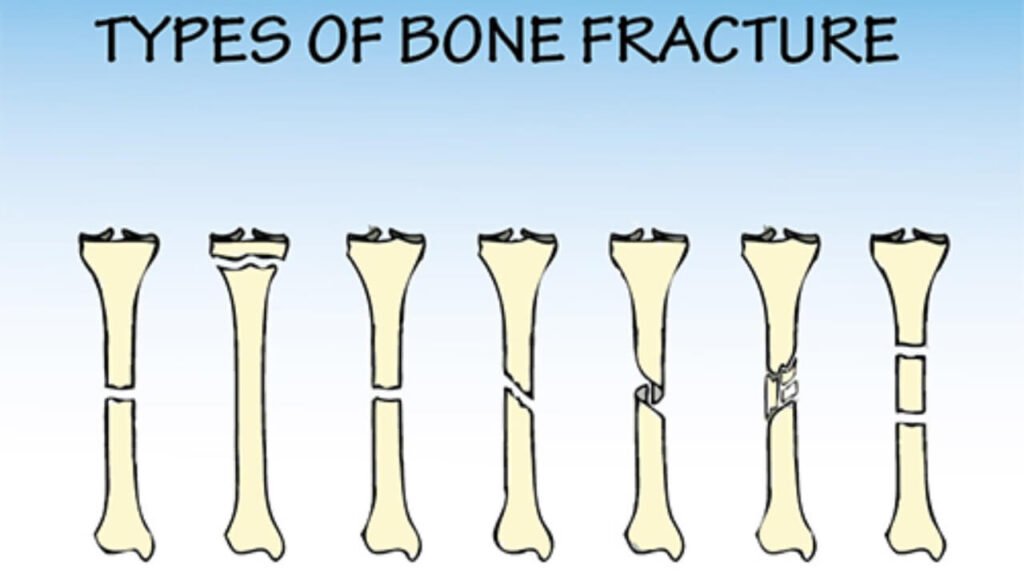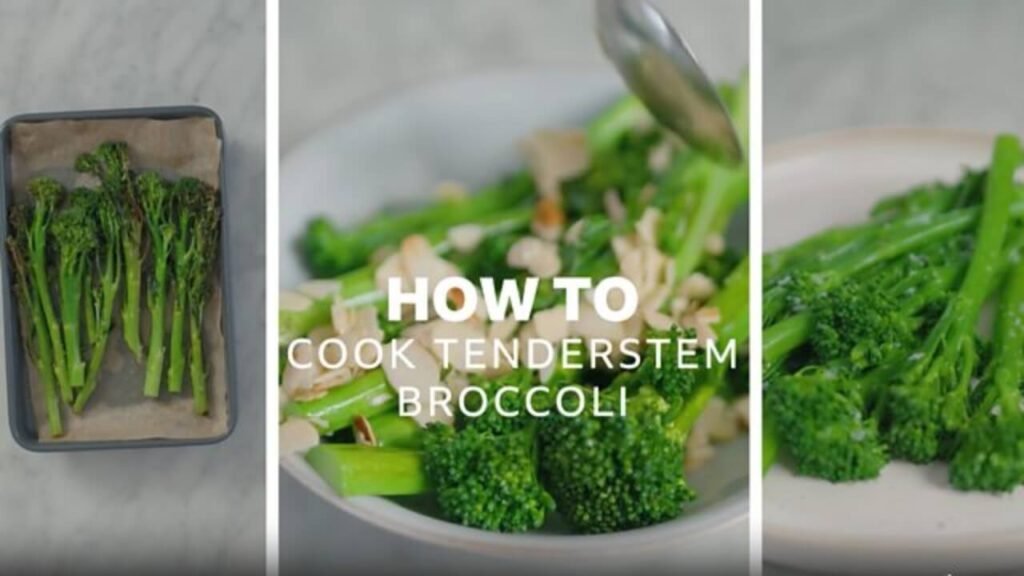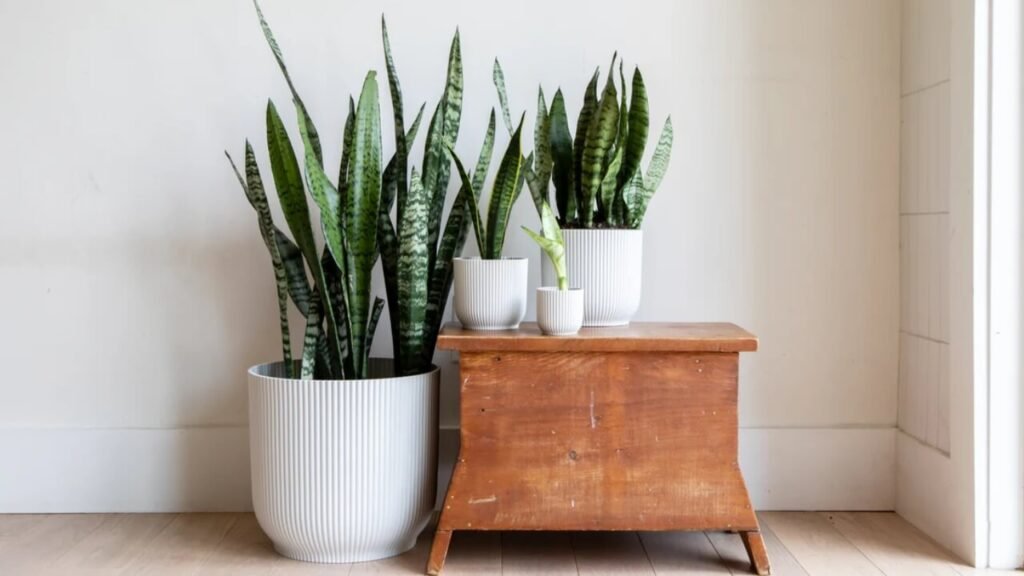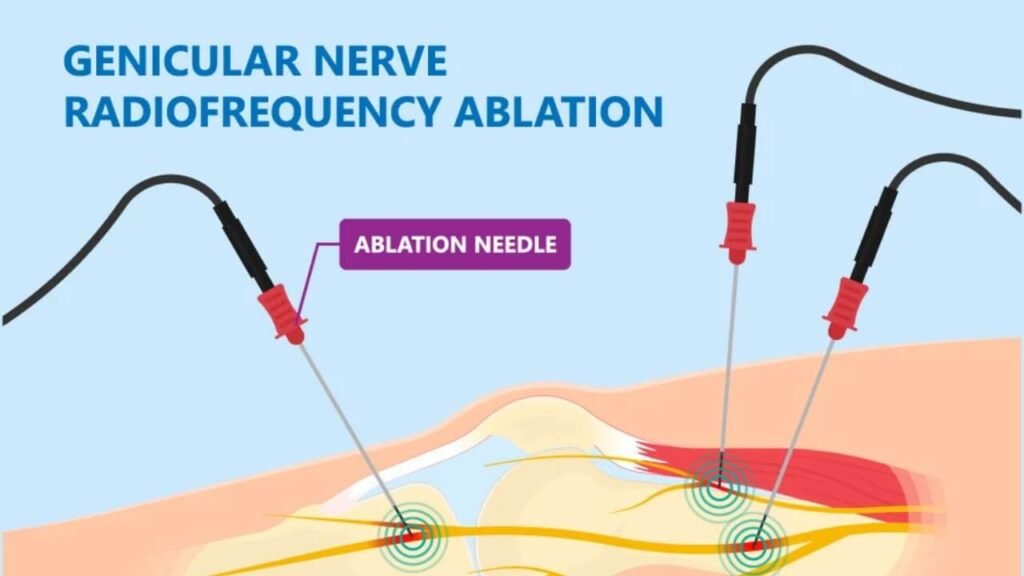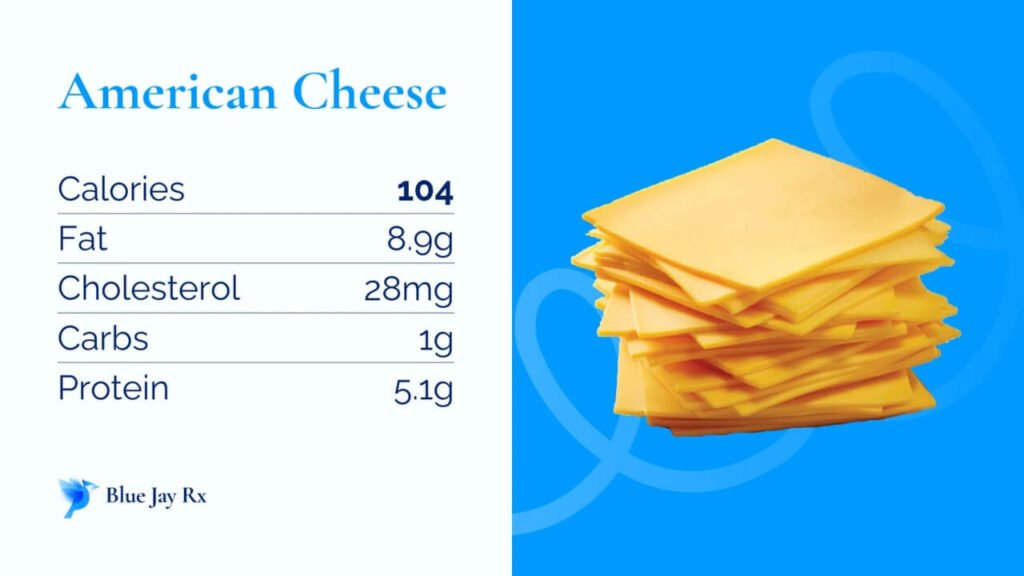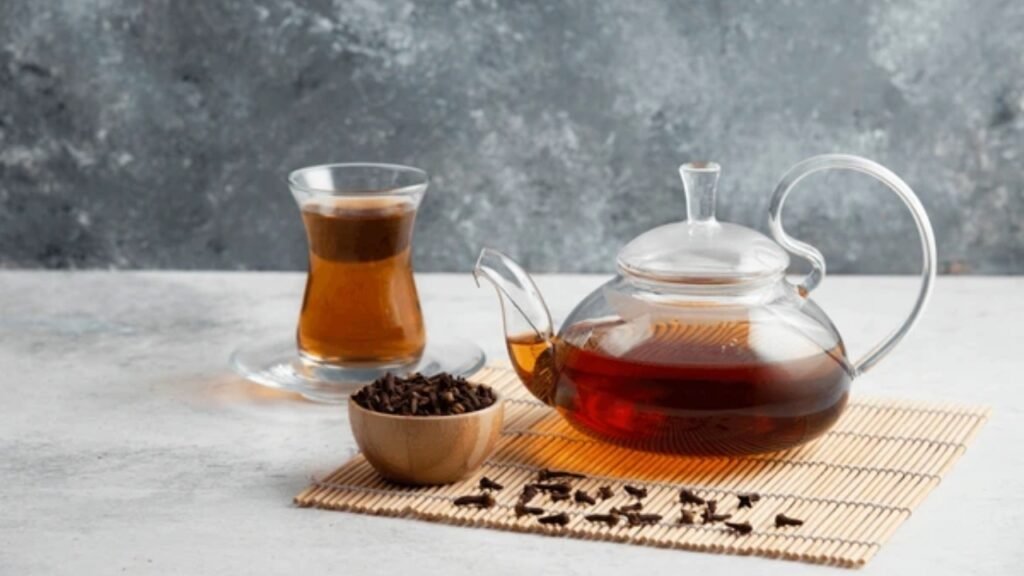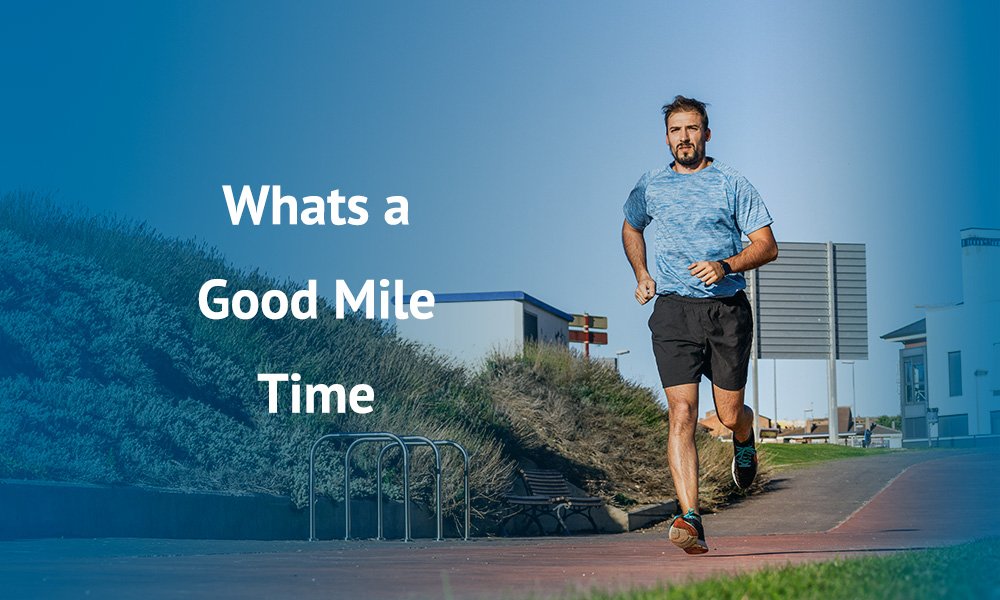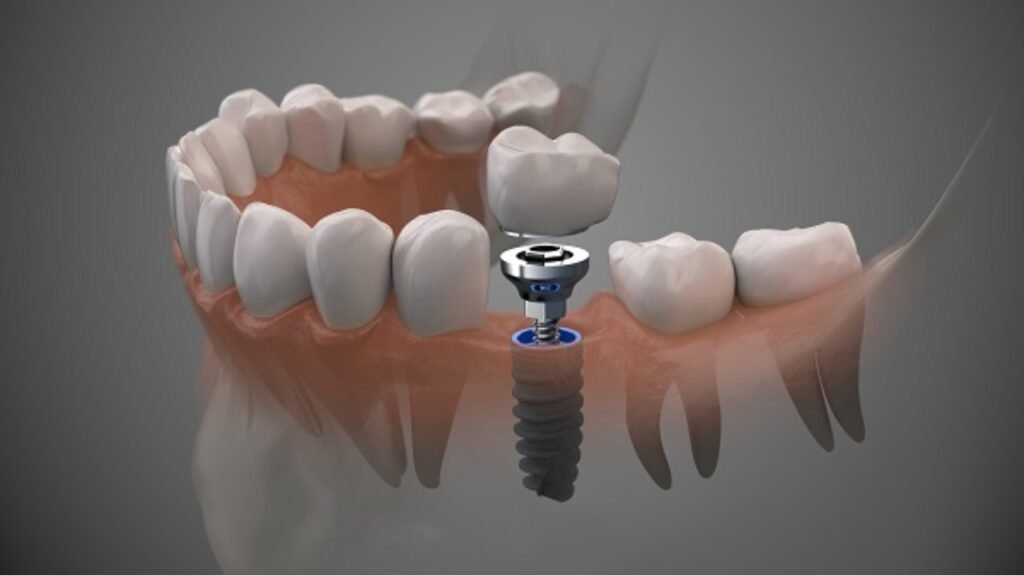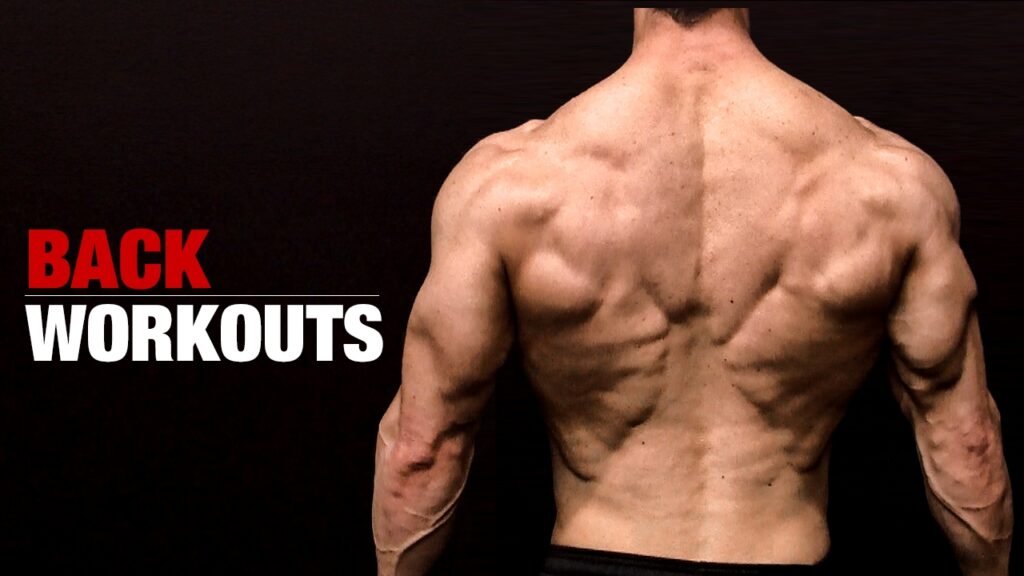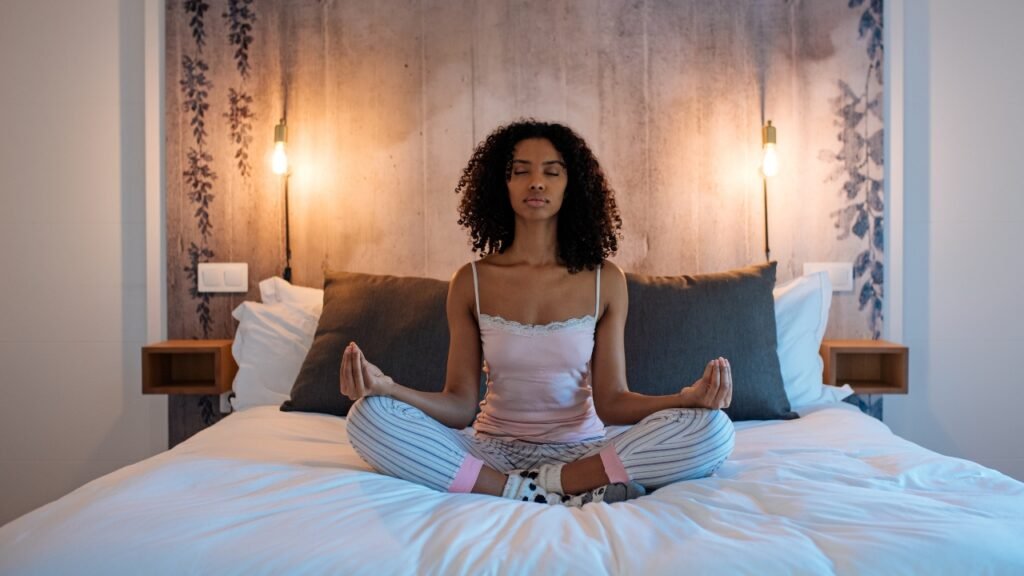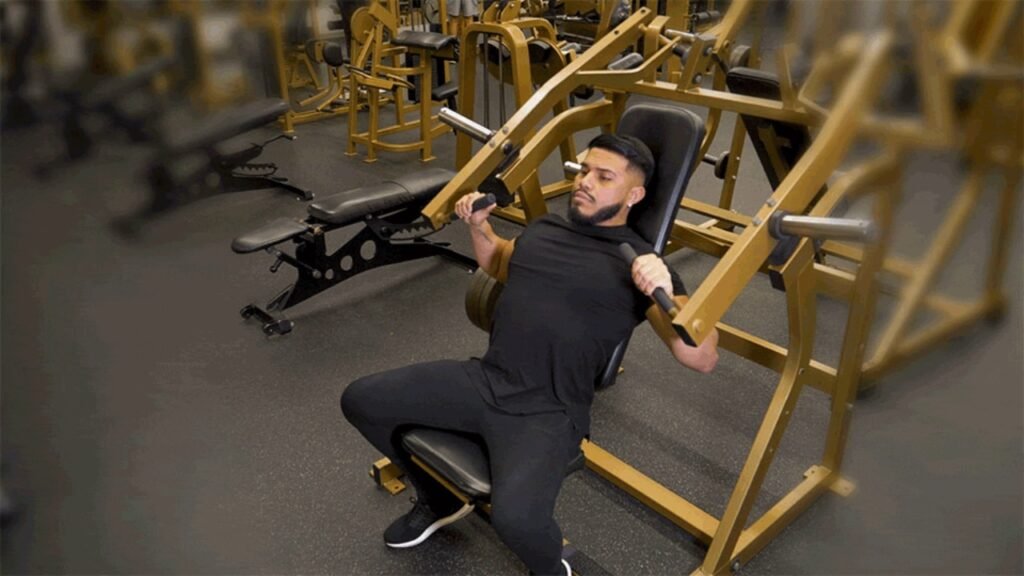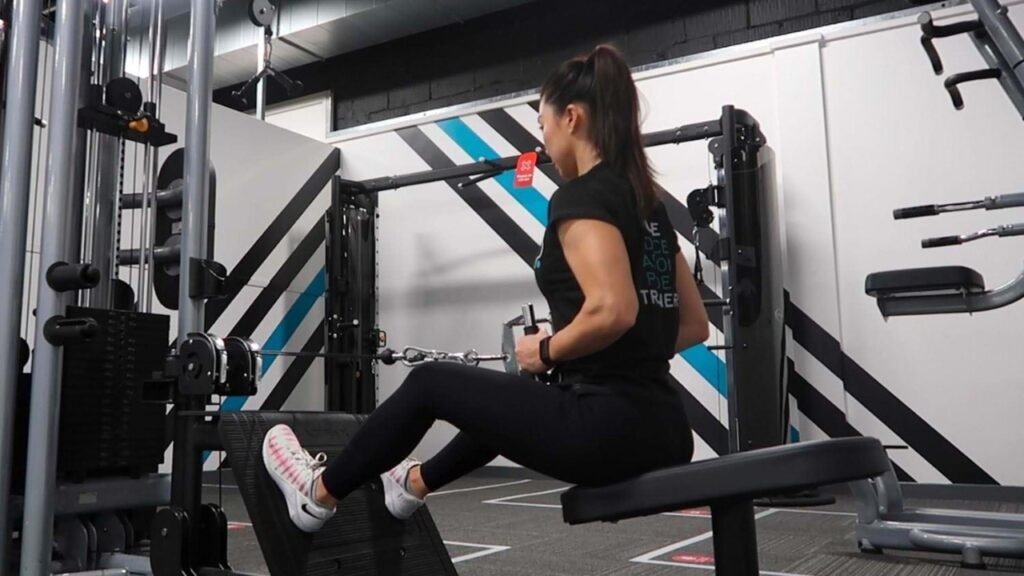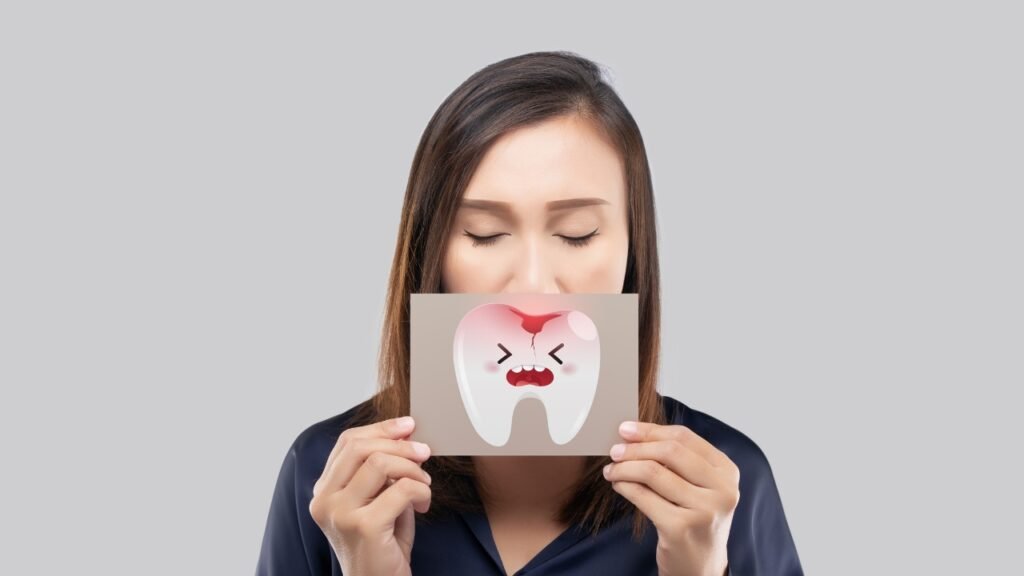Transform Your Body with the Plie Squat Workout!

Are you looking to sculpt your lower body, improve your posture, and boost your overall fitness? Then look no further! The plie squat workout might just be the secret weapon you’ve been searching for. This powerful exercise, inspired by ballet, targets key muscle groups while being relatively low impact. But beyond its aesthetic benefits, the plie squat offers a wealth of functional advantages. Let’s dive deep into the world of plie squats and discover how to incorporate them into your fitness routine for maximum results.
What is a Plie Squat and Why Should You Care?
The plie squat workout , also known as the sumo squat, is a variation of the traditional squat that emphasizes the inner thighs, glutes, and hamstrings. The movement mimics the plie position in ballet, where you stand with your feet wider than shoulder-width apart and your toes pointed outwards. This specific stance allows for a deeper range of motion and a greater engagement of the inner thigh muscles, which are often neglected in traditional squats.
Therefore, incorporating plie squats into your workout routine offers numerous benefits. Firstly, it strengthens your lower body, improving your overall strength and stability. Secondly, it can help to improve your posture and balance. Thirdly, it targets specific muscle groups, like the inner thighs and glutes, that are important for both aesthetics and functional movement. Finally, it’s a low-impact exercise, making it suitable for people of all fitness levels, including those with joint pain.
Mastering the Technique: Step-by-Step Guide to a Perfect Plie Squat
Before you start adding weight or variations, it’s crucial to master the basic technique of the plie squat. Proper form will prevent injuries and ensure that you’re effectively targeting the right muscles. Here’s a step-by-step guide:
Starting Position
Stand with your feet wider than shoulder-width apart. Your toes should be pointed outwards at a 45-degree angle. Keep your back straight and your core engaged. Imagine you’re drawing your belly button towards your spine.
The Descent
As you inhale, slowly lower your hips towards the ground, bending your knees. Keep your back straight and your chest lifted. Make sure your knees track in line with your toes. A common mistake is allowing your knees to cave inwards, which can put stress on your joints.
The Deep Squat
Aim to lower your hips until your thighs are parallel to the ground or as low as you comfortably can while maintaining proper form. Ideally, you want to get as close to a 90-degree angle at your knees as possible.
The Ascent
Exhale as you push through your heels and inner thighs to return to the starting position. Squeeze your glutes at the top of the movement.
Repetition
Repeat the movement for the desired number of repetitions.
Pay close attention to your body and adjust the depth of the squat as needed. As you get stronger, you can gradually increase the range of motion.
Common Mistakes to Avoid in Your Plie Squat Workout
Even with the best intentions, it’s easy to fall into common pitfalls when performing plie squats. Recognizing and correcting these mistakes is key to maximizing the benefits and avoiding injuries.
- Knee Valgus (Knees Caving In): This is a prevalent issue. Prevent this by actively pushing your knees outward as you squat. Imagine you are trying to keep a resistance band from snapping between your knees.
- Rounding the Back: Maintain a straight back throughout the entire movement. Engage your core and keep your chest lifted.
- Lifting Heels Off the Ground: Ensure that your heels remain firmly planted on the ground throughout the exercise. If you struggle with this, you may have tight calf muscles and should incorporate stretching into your routine.
- Rushing the Movement: Control is key. Perform the squats slowly and deliberately, focusing on engaging the correct muscles.
- Not Engaging Core: A weak core can compromise your form and increase the risk of injury. Actively engage your core muscles throughout the entire movement.
Elevate Your Plie Squat Game: Variations for Every Fitness Level
Once you’ve mastered the basic plie squat, you can explore various modifications to challenge yourself further and target different muscle groups. Here are a few popular variations:
- Weighted Plie Squat: Hold a dumbbell or kettlebell in front of your chest as you perform the squat. This adds resistance and increases the intensity of the exercise.
- Pulse Plie Squat: At the bottom of the squat, perform small, rapid pulses up and down. This intensifies the burn in your inner thighs and glutes.
- Plie Squat with Heel Raise: As you reach the bottom of the squat, lift your heels off the ground. This adds an extra challenge to your calf muscles and improves balance.
- Jump Plie Squat: Explosively jump up from the bottom of the squat. This adds a plyometric element to the exercise and increases the cardiovascular challenge.
- Goblet Plie Squat: Hold a dumbbell close to your chest, similar to the weighted plie squat, but the positioning emphasizes core engagement even more.
The Benefits of Plie Squats: More Than Just a Pretty Exercise
The benefits of incorporating plie squats into your routine extend far beyond just aesthetics. They offer a comprehensive approach to lower body strength and functional fitness.
- Sculpted Lower Body: Plie squats effectively target the inner thighs, glutes, and hamstrings, resulting in a toned and sculpted lower body. Reddit users frequently report noticing a significant difference in the definition of these areas after consistently including plie squats in their workouts.
- Improved Posture: Strengthening the lower body muscles contributes to better posture and alignment.
- Enhanced Balance and Stability: The wider stance of the plie squat challenges your balance and stability, improving your overall coordination.
- Increased Flexibility: The deep range of motion in the plie squat can help improve flexibility in the hips and groin.
- Low-Impact Exercise: Plie squats are gentle on the joints, making them a great option for individuals with joint pain or injuries.
- Functional Strength: The strength gained from plie squats translates to improved performance in everyday activities such as walking, running, and lifting.
Integrating the Plie Squat Workout into Your Fitness Routine
The beauty of the plie squat is its versatility. You can incorporate it into various workout routines, depending on your goals and fitness level.
- As a Warm-Up: Perform a few sets of bodyweight plie squats as part of your warm-up to activate your lower body muscles and prepare them for more intense exercises.
- As a Strength Training Exercise: Include plie squats in your lower body strength training routine, performing 3-4 sets of 10-15 repetitions with or without added weight.
- As a Circuit Training Exercise: Add plie squats to your circuit training routine for a full-body workout that combines strength and cardio.
- As a Cool-Down: Perform a few light stretches after your plie squat workout to improve flexibility and reduce muscle soreness.
Expert Opinion: “The Plie Squat is a Functional Powerhouse”
“The plie squat is often underestimated, but it’s a fantastic functional exercise that can benefit people of all fitness levels,”
says Dr. Sarah Johnson, a certified strength and conditioning specialist.
“The unique stance effectively targets the inner thighs and glutes, which are often neglected in traditional squats. Additionally, the low-impact nature of the plie squat makes it a great option for individuals with joint issues.”
Listen to Reddit: Real-World Experiences with Plie Squats
Reddit is filled with anecdotal evidence supporting the effectiveness of plie squats. Many users praise the exercise for its ability to tone the inner thighs and glutes, while others appreciate its low-impact nature.
One user on r/Fitness commented,
“I started doing plie squats a few months ago, and I’ve definitely noticed a difference in my inner thigh definition. Plus, they feel good to do!”
Another user on r/weightloss added,
“I have bad knees, so I can’t do regular squats. Plie squats are a great alternative that allows me to work my lower body without putting too much stress on my joints.”
These personal accounts highlight the diverse benefits and accessibility of the plie squat.
Safety First: Important Considerations for Performing Plie Squats
While the plie squat is generally a safe exercise, it’s essential to prioritize safety to avoid injuries.
- Warm-Up Properly: Before starting your plie squat workout, warm up your muscles with light cardio and dynamic stretches.
- Use Proper Form: Pay close attention to your form and avoid common mistakes such as knee valgus and rounding your back.
- Start Slowly: If you’re new to plie squats, start with bodyweight exercises and gradually increase the intensity and volume as you get stronger.
- Listen to Your Body: If you experience any pain, stop the exercise and consult with a healthcare professional.
- Consider Your Footwear: Wear shoes that provide good support and stability. Avoid exercising barefoot, especially when performing weighted plie squats.
Beyond the Squat: Complementary Exercises for a Well-Rounded Lower Body Workout
To achieve a truly well-rounded lower body workout, combine plie squats with other exercises that target different muscle groups.
- Glute Bridges: Strengthen your glutes and hamstrings.
- Lunges: Target your quads, glutes, and hamstrings.
- Hamstring Curls: Isolate your hamstrings.
- Calf Raises: Strengthen your calf muscles.
Conclusion: Embrace the Plie Squat for a Stronger, More Sculpted You
The plie squat workout is a powerful and versatile exercise that can transform your lower body. Whether you’re a seasoned athlete or just starting your fitness journey, the plie squat offers a multitude of benefits, from sculpted muscles to improved posture and balance. By mastering the technique, avoiding common mistakes, and incorporating variations, you can unlock the full potential of this ballet-inspired exercise. So, embrace the plie squat and dance your way to a stronger, healthier, and more confident you! So, next time you’re looking for a new way to challenge your lower body, consider adding this exercise into your routine. Remember to focus on proper form and listen to your body, and you’ll be well on your way to achieving your fitness goals with the plie squat.










